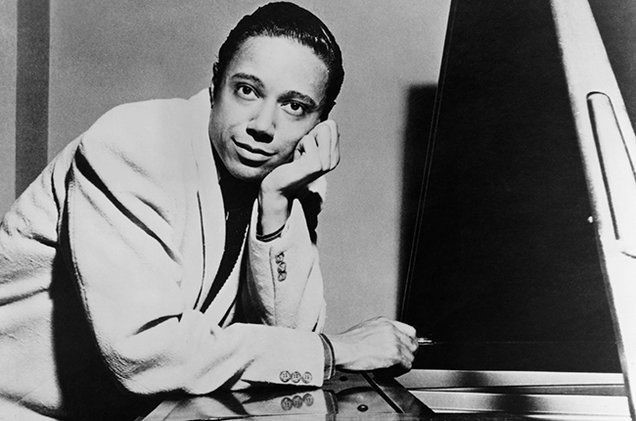
Originally published on Oct. 20, 2016
By Rashod Ollison
The Virginian-Pilot
Horace Silver’s prolific recording sessions for the venerable Blue Note label in the ’50s and ’60s were usually succinct. Whatever the hard-bop pianist and his accompanists put down in the studio found its way onto an album with very little fat or filler. It was all beautifully streamlined, subtly rich music.
But the recording method was different on Song for My Father, Silver’s 1964 masterstroke that became his most adored release and whose title track inspired one of Steely Dan’s most memorable hits.
The Horace Silver Quintet was transitioning in late 1963, when its lineup included trumpeter Blue Mitchell, saxophonist Junior Cook, bassist Gene Taylor and drummer Roy Brooks. The guys had started on an album, but Silver didn’t like most of what he heard. The band had lost its “mojo,” that chemistry so evident on such recordings as 1959’s “Blowin’ the Blues Away.”
Alfred Lion, Silver’s producer, suggested he hire a new group; the pianist obliged. Each new member possessed dynamic chops: Carmell Jones on trumpet, Joe Henderson on sax, Teddy Smith on bass and Roger Humphries on drums.
Things didn’t go smoothly at first. Jones, an overly sensitive Kansas City native, was slow to acclimate to the group and the fast-moving, hard-living East Coast jazz scene. While the quintet worked out kinks in the studio and onstage, there was still an album to finish.
After the new lineup recorded “Song for My Father,” a catchy bossa nova ditty on Oct. 26, 1964, Lion knew the group had a potential hit. Nearly a year had already passed since Silver started on the album, and maybe Lion had gotten impatient. So he culled two lovely cuts from a session with the old group, recorded on Halloween 1963, and four tracks with the new band, taken from a mammoth session almost a year later.
Song for My Father, the resulting album, was smartly named after the collection’s most pop-friendly song. Photographer Francis Wolff shot a dapper cover portrait of Silver’s dad, John Tavares Silver, sitting near a lake, smile aglow, a cigar dangling from his mouth.
Although the album was assembled from sessions bristling with different chemistries, it’s still a cohesive set. Silver is the glue as he weaves rhythmic patterns inspired by his Portuguese heritage and the tropics. His trademark blend of earthy funk and urbane sophistication glints throughout.
The lumbering opening notes of “Song for My Father” provided the basis for “Rikki Don’t Lose That Number,” a hit for Steely Dan nearly a decade after Silver’s composition became a standard.
The atmospheric “Calcutta Cutie” evokes ginger-scented East Indian nights with flashes of uptown swing here and there. Boasting a tricky, almost frenetic syncopation, “The Kicker” is a fine showcase for Joe Henderson, who would go on to release superb albums as a leader. The ballad “Lonely Woman,” which closes the LP, is the most blues-suffused cut, languid and subdued without drifting off into the Land of Snooze.
Critics loved Song for My Father. Pop and soul lovers also embraced the album, which became one of Silver’s biggest sellers. Unlike his previous releases, “Song for My Father” wasn’t born out of a singular burst of energy. But its fragments became a beautiful whole.

No comments yet.